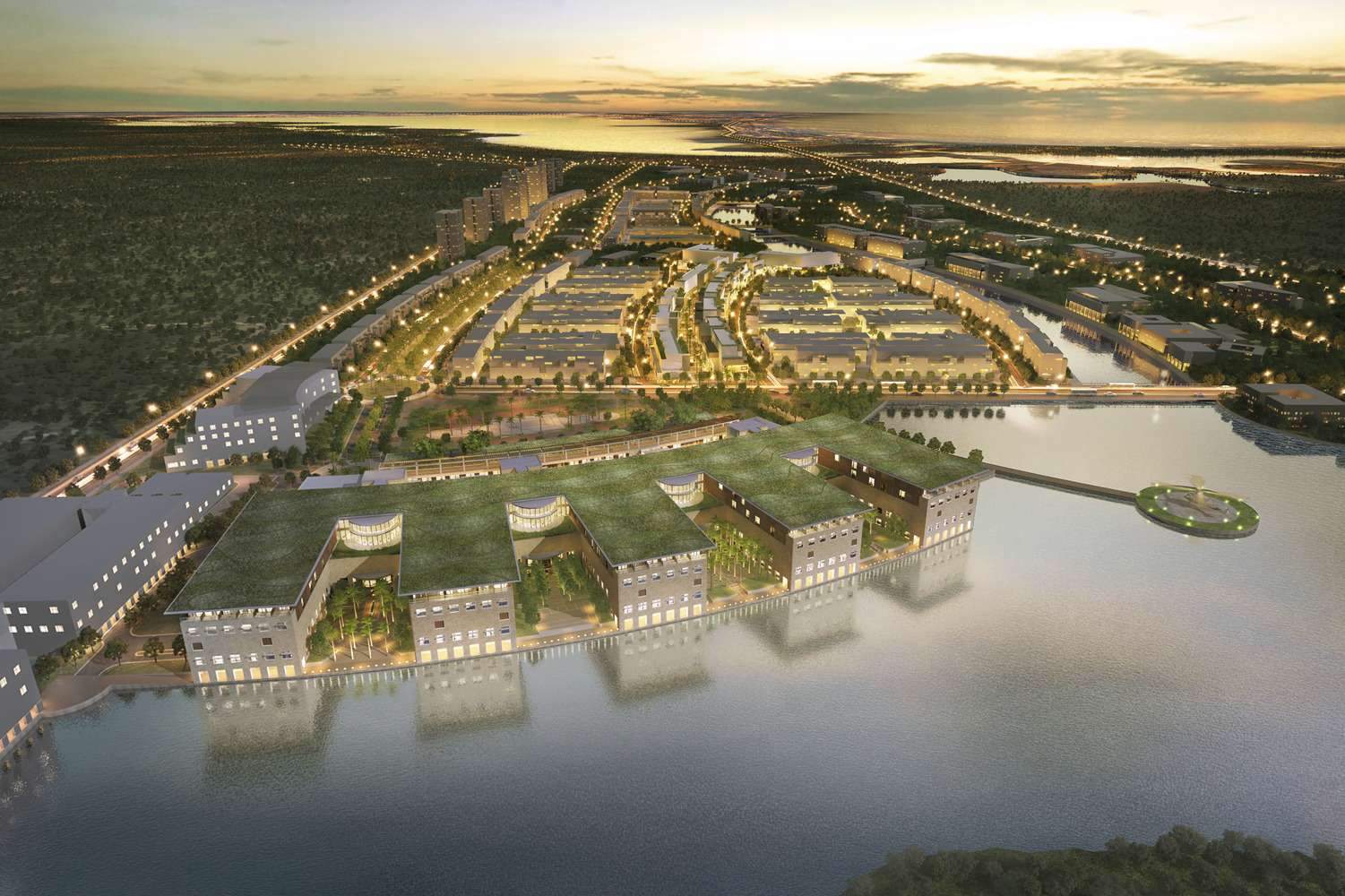Sustainable Architecture Practices in Al-Ahsa: A Legacy of Environmental Harmony
Al-Ahsa, with its distinction as a UNESCO World Heritage Site since 2018, is not just a testament to the rich cultural history of Saudi Arabia but also a beacon of sustainable architecture practices deeply rooted in its traditions. The region’s traditional architecture, developed over centuries, offers a blueprint for modern sustainable architectural solutions, emphasizing the use of natural materials, strategic orientation for natural ventilation, and a harmonious integration with the oasis environment.
Natural Materials: Foundations of Sustainability
The architecture of Al-Ahsa has historically utilized materials that are locally available, reducing the environmental impact associated with transportation and processing. Mud bricks, made from earth found in the region, serve as a primary example. These bricks provide excellent thermal insulation, keeping interiors cool during the hot summer months and warm in the cooler winter, thereby reducing the energy needed for heating and cooling. The sustainability of mud bricks, coupled with their low production cost and minimal environmental footprint, underscores a principle of sustainability that is as relevant today as it was centuries ago.
Orientation and Ventilation: Harnessing Natural Forces
The strategic orientation of buildings in Al-Ahsa, often aligned with the prevailing winds, maximizes natural ventilation, a practice dating back to the region’s earliest settlements. This architectural foresight not only enhances indoor air quality but also significantly reduces reliance on mechanical cooling systems, highlighting an early understanding of passive cooling techniques. Modern architecture can adopt similar strategies, positioning windows, doors, and even entire structures to capitalize on natural airflow, thus promoting energy efficiency and occupant comfort.
Oasis Integration: Living in Harmony with Nature
Al-Ahsa’s architecture does not stand apart from its natural environment but rather is integrated within the vast oasis that defines the landscape. The traditional building practices observed the natural topography and vegetation patterns, using the oasis not just as a backdrop but as an integral part of the urban and architectural fabric. This symbiosis between the built environment and the natural oasis ecosystem offers lessons in sustainable land use and urban planning, advocating for the preservation of natural habitats and biodiversity even within urban settings.
Moving Forward: Sustainability Inspired by Tradition
The sustainable architecture practices of Al-Ahsa, refined through generations, provide a foundation upon which modern architects and planners can build to address contemporary sustainability challenges. By revisiting the use of natural materials like mud bricks, adopting passive design principles for natural ventilation, and fostering a deeper integration with the natural environment, modern projects can achieve greater sustainability. These practices not only reduce the environmental impact of buildings but also enrich the architectural heritage, connecting the past with the present and future through a shared commitment to sustainable living.
In embracing the lessons of Al-Ahsa’s traditional architecture, contemporary architects have the opportunity to advance sustainable design, merging historical wisdom with modern technology to create buildings that are environmentally responsible, culturally meaningful, and attuned to the climatic realities of the region. The legacy of Al-Ahsa’s architecture, therefore, extends far beyond its historical and aesthetic significance, offering a path forward for sustainable development in harmony with nature.
image source: UNESCO World Heritage Centre
Finally, find out more on ArchUp:







